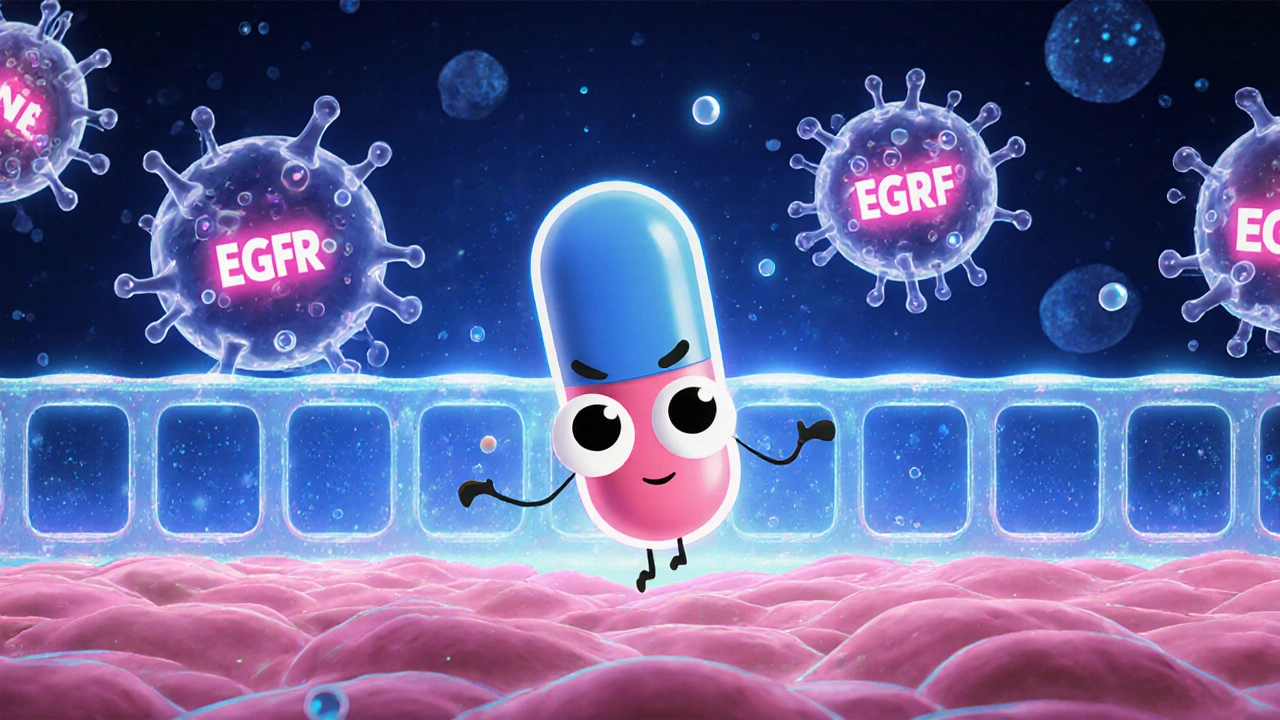When working with CNS penetration, the ability of a compound to cross the central nervous system barriers and reach brain tissue in therapeutic amounts, you quickly realize it’s not just a buzzword – it’s the cornerstone of any effective neurological therapy. Also known as brain entry, it decides whether a medication for epilepsy, depression, or Parkinson’s actually gets to its target. CNS penetration encompasses the ability of a drug to cross the blood‑brain barrier, a tightly regulated endothelial layer that shields the brain from most circulating substances. That gatekeeper lets through only molecules with the right balance of size, charge, and solubility. Effective CNS penetration requires optimal lipophilicity, the tendency of a compound to dissolve in fats versus water, often expressed as a logP value. Too polar and the molecule stalls at the barrier; too fatty and it may get trapped in cell membranes. Molecular weight, the total mass of a drug molecule, usually measured in daltons also plays a decisive role – most CNS‑active agents stay under 500 Da to slip through the tight junctions. Finally, the broader picture of pharmacokinetics, how the body absorbs, distributes, metabolizes, and excretes a drug determines whether enough of the compound survives long enough in the bloodstream to reach the brain in effective concentrations.
Understanding these concepts helps you evaluate any new therapy on the market. First, ask whether the drug’s design deliberately targets the blood‑brain barrier – many modern antivirals and neuroprotective agents include carrier‑mediated transport mechanisms to boost entry. Next, check the reported logP; values between 1 and 3 usually signal a sweet spot for brain uptake without excessive peripheral accumulation. Don’t forget to look at the molecule’s size; if the weight climbs above 600 Da, you’ll often need a pro‑drug strategy or nanocarrier to ferry it across. The drug’s plasma protein binding also matters – highly bound compounds have less free drug to cross, reducing overall CNS exposure. Finally, consider metabolic stability: rapid liver breakdown can drain the pool before it ever reaches the brain, so a longer half‑life generally supports better penetration. By lining up these pieces, you can predict whether a medication will truly work in the CNS or flop because it never gets there.
Below you’ll find a curated collection of articles that dive deeper into each of these topics. From detailed comparisons of antiseptics that touch on systemic absorption, to breakdowns of antipsychotic alternatives and their brain‑crossing profiles, the list covers real‑world examples of how CNS penetration influences efficacy and safety. Use this resource to spot patterns, compare drug classes, and grab practical tips for assessing brain delivery in your own practice or studies. Happy reading, and may the insights you gain help you pick the right meds that actually reach the brain.

A detailed case study shows how high‑dose Erlotinib can control leptomeningeal metastases in EGFR‑mutated lung cancer, covering pharmacology, outcomes, safety, and comparisons with other TKIs.